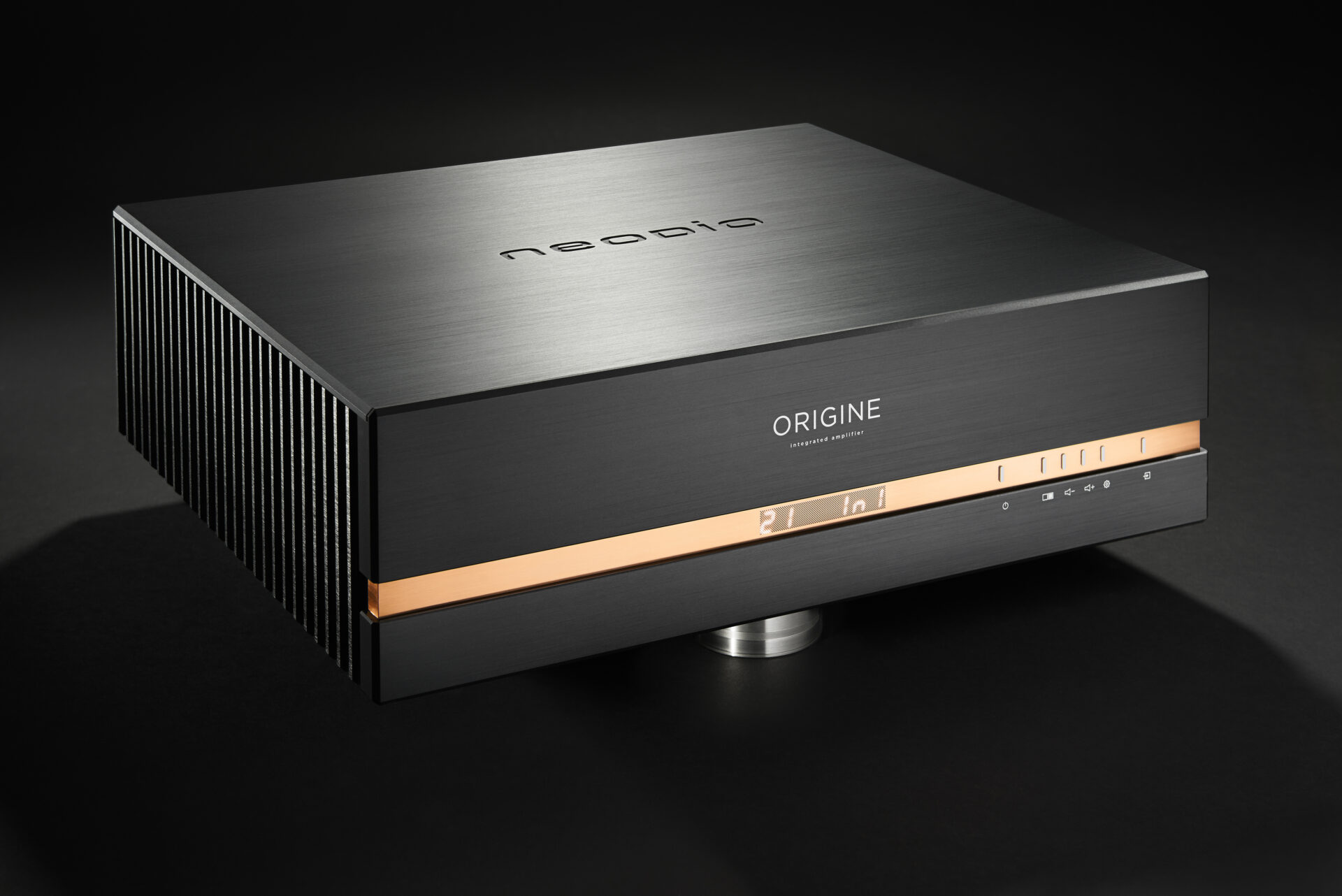 Talking of inputs, you get two pairs of balanced XLR inputs and two single-ended inputs on RCAs. You get a single set of high-quality binding-posts for each channel’s output and – that’s your lot! In this day and age of all-singing, all-dancing integrated amps/streamers/DACs/teasmaids, that probably comes as a bit of a shock. There are no pre-outs, no mute button, no balance control, no phono option and no ability to name inputs or alter their sensitivity. There is no large, full colour touchscreen display, no control App and no DAC. No DAC! I can hear the muted crash of readers falling in a dead faint… That’s right: there’s no DAC – and that is a VERY good thing. The vast majority of expensive integrated solutions, the sort that will accept inputs into double figures and allow you to adjust everything including the ambient light level in your listening room, sound woefully inadequate. The few amps I have heard that contain a DAC without it apparently compromising performance (the Levinson 585.5 and Gryphon Diablo 120) are considerably cheaper than the €20,000 A2 Evo and don’t even get close to it as amplifiers. Because that is what the A2 Evo unashamedly is – an amplifier. Not just that, in musical terms it’s an amplifier that punches way above its weight.
Talking of inputs, you get two pairs of balanced XLR inputs and two single-ended inputs on RCAs. You get a single set of high-quality binding-posts for each channel’s output and – that’s your lot! In this day and age of all-singing, all-dancing integrated amps/streamers/DACs/teasmaids, that probably comes as a bit of a shock. There are no pre-outs, no mute button, no balance control, no phono option and no ability to name inputs or alter their sensitivity. There is no large, full colour touchscreen display, no control App and no DAC. No DAC! I can hear the muted crash of readers falling in a dead faint… That’s right: there’s no DAC – and that is a VERY good thing. The vast majority of expensive integrated solutions, the sort that will accept inputs into double figures and allow you to adjust everything including the ambient light level in your listening room, sound woefully inadequate. The few amps I have heard that contain a DAC without it apparently compromising performance (the Levinson 585.5 and Gryphon Diablo 120) are considerably cheaper than the €20,000 A2 Evo and don’t even get close to it as amplifiers. Because that is what the A2 Evo unashamedly is – an amplifier. Not just that, in musical terms it’s an amplifier that punches way above its weight.
In an earlier review of the Origine S2 CD player, I stated that,
“I know of no better one-box CD player than the Neodio Origine S2. In fact, I know of precious few musically superior CD replay systems period, irrespective of price or complexity…”
Four-years later that statement still holds true, despite the collective huffing, puffing and self-importance of higher-profile brands with bigger advertising budgets. After the uber-expensive Wadax components, the S2 remains my preferred choice for digital disc replay (although the multi-format CH Precision D1.5/X1 pairing is starting to give it some serious competition – at a price). The original Origine A2 amplifier was almost as impressive but suffered from greater competition and a wider ranging operational envelope: more speakers to drive with a whole range of different qualities and demands. The Evo modifications were instituted to improve the amplifier’s response to and ability to meet those demands. Like many a carefully executed update, the apparently small changes have resulted in a blossoming of performance, lifting musical capability by a quantitatively small but qualitatively significant degree. The new A2 Evo is starting to look (and sound) every inch the perfect partner for the S2 CD player.
 What changes denote Evo status? The resistors in the input circuitry have been exchanged for superior components, but not on a wholesale, one size/brand fits all basis. Instead the components have been drawn from two different sources and strategically deployed according to their specific sonic characteristics. The output stage has also been modified to further improve stability, especially when facing awkward loads. Neodio designer Stephane Even favours more efficient speaker designs with benign crossover characteristics – arguably something of a blind spot that he has now recognised and corrected. It wasn’t that the original A2 wouldn’t drive an awkward load: it just performed better and more naturally with easier loads. With those 150 W/ch and an output stage that seems as planted as it is unflappable, the A2 Evo certainly lives up to that part of its billing. I used the amp with the three-way, five-driver Vimberg Mino and the Wilson Audio Sasha DAW (amongst others) both with conspicuous success – although where the A2 Evo is concerned, ‘conspicuous’ is hardly the most appropriate word.
What changes denote Evo status? The resistors in the input circuitry have been exchanged for superior components, but not on a wholesale, one size/brand fits all basis. Instead the components have been drawn from two different sources and strategically deployed according to their specific sonic characteristics. The output stage has also been modified to further improve stability, especially when facing awkward loads. Neodio designer Stephane Even favours more efficient speaker designs with benign crossover characteristics – arguably something of a blind spot that he has now recognised and corrected. It wasn’t that the original A2 wouldn’t drive an awkward load: it just performed better and more naturally with easier loads. With those 150 W/ch and an output stage that seems as planted as it is unflappable, the A2 Evo certainly lives up to that part of its billing. I used the amp with the three-way, five-driver Vimberg Mino and the Wilson Audio Sasha DAW (amongst others) both with conspicuous success – although where the A2 Evo is concerned, ‘conspicuous’ is hardly the most appropriate word.

